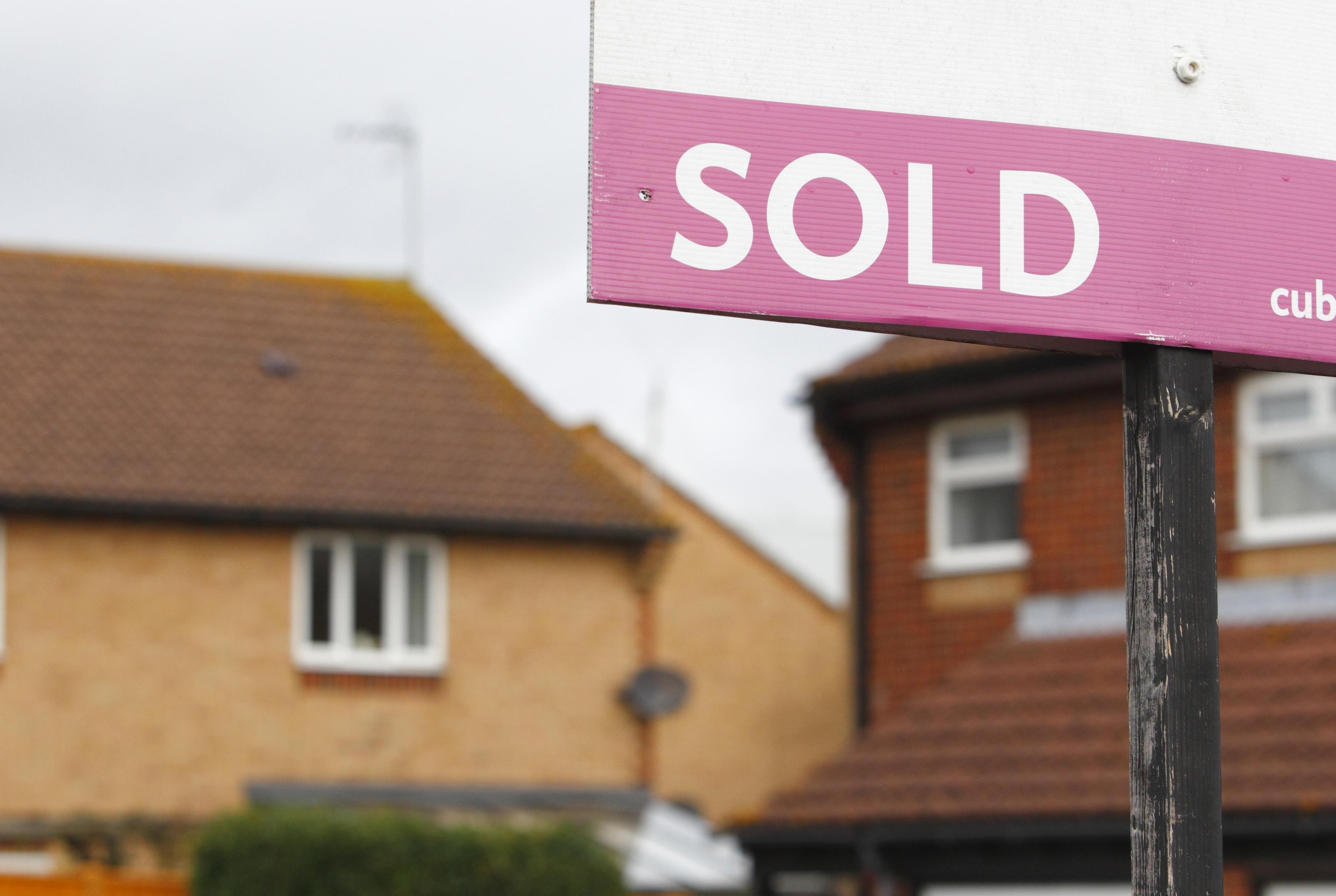Annual house price growth cooled in July – index
Both Wales and Yorkshire recorded the strongest annual house price growth in over a decade, Halifax said.

Your support helps us to tell the story
From reproductive rights to climate change to Big Tech, The Independent is on the ground when the story is developing. Whether it's investigating the financials of Elon Musk's pro-Trump PAC or producing our latest documentary, 'The A Word', which shines a light on the American women fighting for reproductive rights, we know how important it is to parse out the facts from the messaging.
At such a critical moment in US history, we need reporters on the ground. Your donation allows us to keep sending journalists to speak to both sides of the story.
The Independent is trusted by Americans across the entire political spectrum. And unlike many other quality news outlets, we choose not to lock Americans out of our reporting and analysis with paywalls. We believe quality journalism should be available to everyone, paid for by those who can afford it.
Your support makes all the difference.Annual house price growth cooled in July, the month that a stamp duty holiday started to be tapered.
Halifax said property values increased by 7.6% in July, compared with 8.7% in June.
The average UK property price was £261,221, up by 0.4% month-on-month.
However some parts of the UK recorded stronger growth.
A 13.8% annual increase in house prices in Wales was the strongest growth recorded since March 2005, while for Yorkshire a 11% gain was the highest for over 16 years, Halifax said.
Russell Galley, managing director, Halifax, said: “Annual price growth fell to 7.6%, its lowest level since March.
“This easing was somewhat expected given the strength of price inflation seen last summer, as the market began its recovery from the first lockdown, and with activity supported by the start of the stamp duty holiday.
“In cash terms, typical prices now stand at just over £261,000, a little below May’s peak but still more than £18,500 higher than a year ago.”
The “nil rate” stamp duty band was reduced to £250,000 from July and it will revert to its standard rate in October, meaning many people putting offers in now are likely to miss out on any stamp duty savings.
Mr Galley said: “Latest industry figures show instructions for sale are falling and estate agents are experiencing a drop in their available stock.
“This general lack of supply should help to support prices in the near-term, as will the exceptionally low cost of borrowing and continued strong customer demand.”
He added: “Overall, assuming a continuation of recent economic trends, we expect the housing market to remain solid over the next few months, with annual price growth continuing to slow but remaining well into positive territory by the end of the year.”
Here are average house prices in July and the annual increase:
– East Midlands, £216,663, 9.0%
– Eastern England, £304,670, 7.1%
– London, £511,190, 2.5%
– North East £153,235, 7.6%
– North West, £201,491, 10.4%
– Northern Ireland, £164,023, 8.9%
– Scotland, £184,933, 9.0%
– South East £355,973, 7.4%
– South West, £271,752, 10.0%
– Wales, £194,918, 13.8%
– West Midlands, £221,526, 7.3%
– Yorkshire and the Humber, £186,321, 11.0%